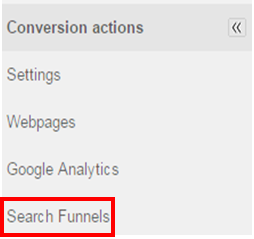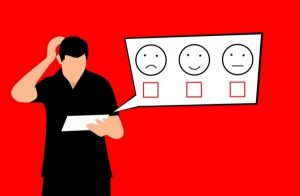It’s the worst feeling ever, and the bigger and more high-profile the deal, the worse it feels!
The stars were aligned. Your sponsor told you it was in the bag. The official decision was just a formality. You’re all set for a celebratory dinner with your family or friends. High-fives and kudos from your colleagues await. You’ve got plans for that big commission check. It’s going to be great!
Then you get the dreaded email at 4:30 on Friday afternoon telling you, “we’ve decided to go with a competitor,” accompanied by some lame excuse. “But you were a close second.” Comforting!
It not only ruins your day, but your weekend, quarter and possibly your year. Now comes the worse part. Explaining it to your boss and your boss’s boss.
The celebratory dinner with family and friends is now a consolation dinner. Pats on the back from peers take on a tone of pity. That grand vacation is now a staycation.
This scenario is familiar to many salespeople, and it is painful to say the least.
Here are three of the most common reasons you get blindsided and how to avoid them.
Reason 1 – Not Understanding the BIG WHY
In the early part of the sales process, it’s easy to get overly confident by the fact that your products solve 90% of the prospect’s problems. Guess what? You’re no better than your competition at this point. You have to assume, at least on the surface, that they solve 90% too.
Here’s the discussion that’s absolutely critical in the early part of the sales process as it affects everything else that follows.
WHY are solving these problems so critical to the success of the customer’s business that they are making a significant investment of time, money and people for a solution like yours? In other words, what’s happening at the very top of the buyer’s organization that suddenly elevated these problems to the A-list?
Without answers to that question (THE BIG WHY), your risk of getting blindsided goes up exponentially.
Reason 2 – Not Knowing All the Decision-Makers & Influencers
Building on point 1, when you don’t understand the BIG WHY, it’s far more difficult to navigate the politics of the organization because you have no idea who else is impacted, what the impact is, and if those unknowns are in favor of your solution or opposed.
Once you have answers to the BIG WHY, follow this course of action.
- Determine the ripple effect of your solution both upstream and downstream to determine other parts of the buyer’s organization that are impacted most.
- Identify the likely decision-makers and influencers in each of those areas.
- Determine the impact your solution will have and if it would be perceived as positive or negative.
- Create a plan to connect with each of them so you can understand their agendas and priorities and the extent to which you need their support to win.
Reason 3 – Your Positioning Misses the Mark
Continuing on points 1 and 2, here’s the likely outcome. You don’t have answers to the BIG WHY questions, therefore you don’t know many of the key players and their agendas.
Your presentations and product demos are going to be generic and tactical because the only things you have to focus on are the tactical problems, features and benefits. Not compelling!
Sure, you can split a few hairs and highlight some of the unique benefits you bring to the table, but that won’t get you any further than first or second base.
When you have answers to the BIG WHY questions and you know the players, you’re able to position the strategic value of solving the tactical problems in context of everyone’s priorities. There’s something in it for everyone, and that makes it easier to get more of the key players in your court versus the competition.
Business & Finance Articles on Business 2 Community
(35)
Report Post





